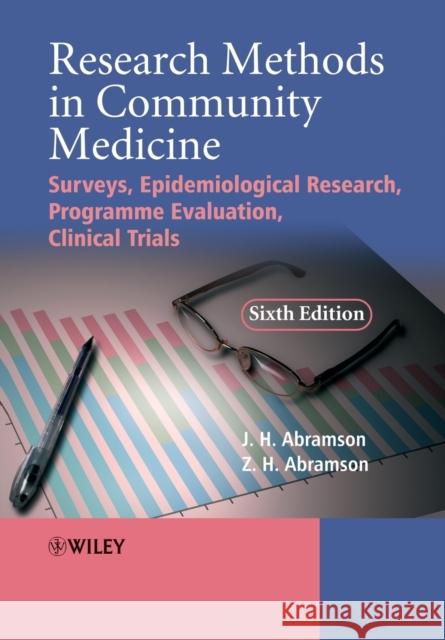Research Methods Community Medicine 6e » książka
topmenu
Research Methods Community Medicine 6e
ISBN-13: 9780470986615 / Angielski / Miękka / 2008 / 432 str.
- A simple and systematic guide to the planning and performance of investigations concerned with health and disease and with health care
- Offers researchers help in choosing a topic and to think about shaping objectives and ideas and to link these with the appropriate choice of method
- Fully updated with new sections on the use of the Web and computer programmes freely available in the planning, performance or analysis of studies











